The Power of Nature
PaoO cosmetics are made with the thought that the ingredients that the skin really needs are carefully selected and blended.
PaoO with the cooperation of reliable manufacturers and laboratories in Japan create gentle skincares from herb and ancient extracts that over 90% are certified from Japanese Quasi-Drug standard list.
PaoO concontrades on safety standard that the ingredients have been selected from reliable domestic raw material in Japan.
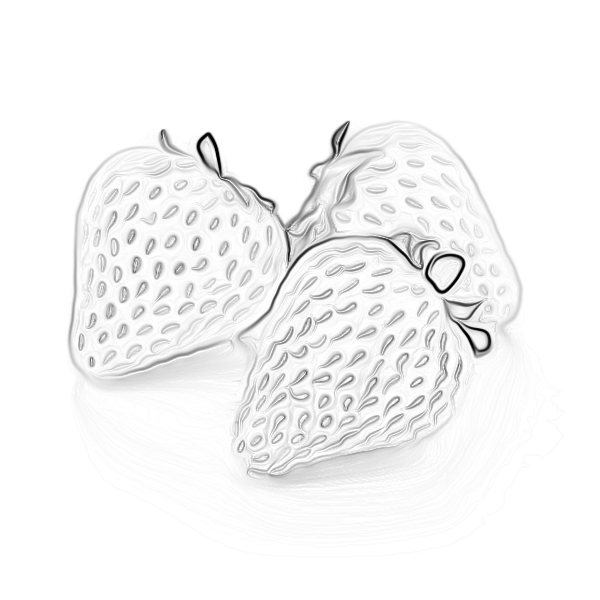
ホワイトストロベリーエキス(フラガリアチロエンシス果汁)
FRAGARIA CHILOENSIS (STRAWBERRY) FRUIT JUICE – WHITE STRAWBERRY
Source: Vitamin C / Polyphenolic Compounds
Benefit:
Anti-inflammatory
Antioxidant
Skin Hydration
Skin Tone Improvement
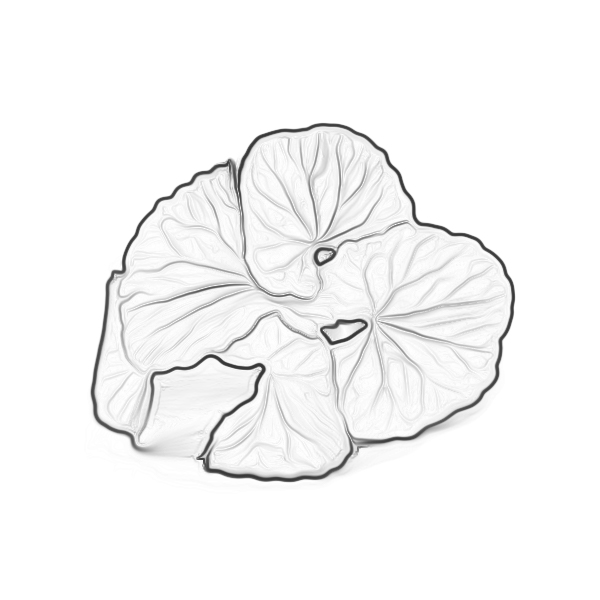
ツボクサエキス
Centella Asiatica Extract – CICA
Hundreds of years as Ancient Medicine
Source: Amino acids
Benefit:
Anti-inflammatory
Antioxidant
Skin-soothing
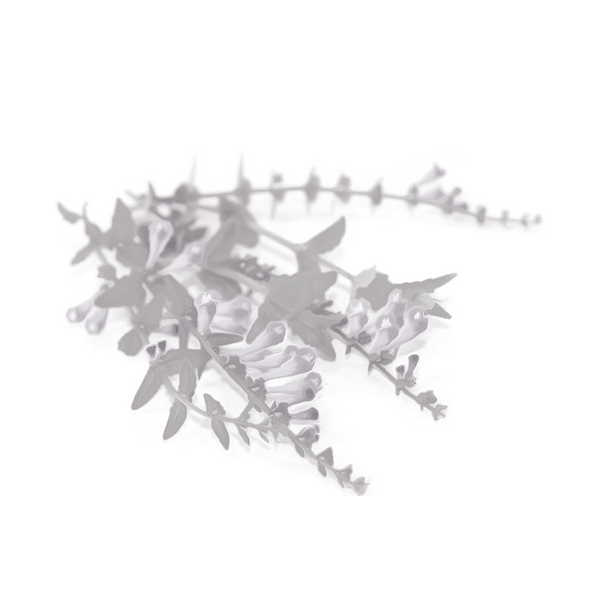
オウゴンエキス
Scutellaria Baicalensis Extract – Golden Herb
Medicate plant for thousands of years in China History and Edo period in Japan
Source: Flavones – Baicalin
Benefit:
Antioxidant
Antiallergic Action
Anti-inflammatory
Skin-soothing
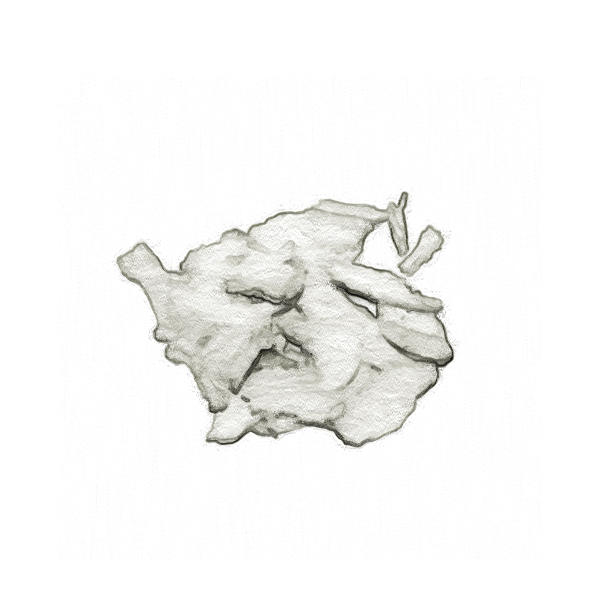
イタドリ根エキス
Polygonum Cuspidatum Root Extract – Japanese Knotweed plant
Research Available: Medicate plant for thousands of years in Japan and China
Source: Resveratrol
Benefit:
Improved skin pigmentation
Antioxidant
Antiallergic Action
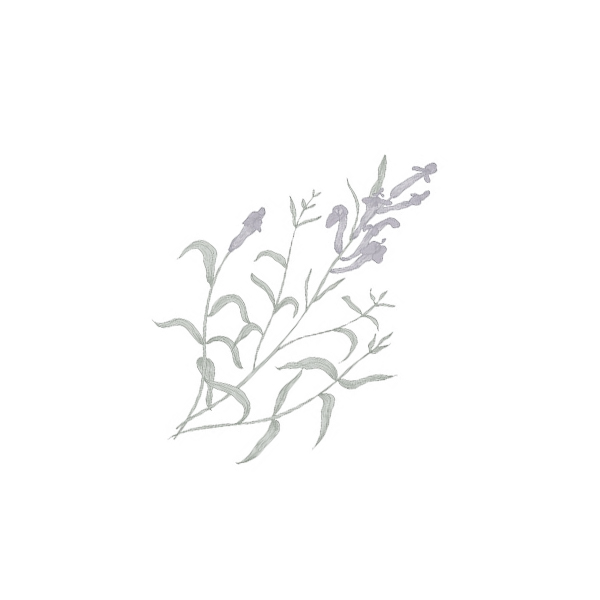
オウゴンエキス
Scutellaria Baicalensis Extract – Golden Herb
Traditional herbal medicine in China – Nara, Nagano, Hokkaido in Japan
Source: Amino acid + Terpenoid + Monoterpene
Benefit:
Brightening Effect – pigmentation effects = placenta extract
Anti-Aging – Improving effect on firmness – Rough skin improving
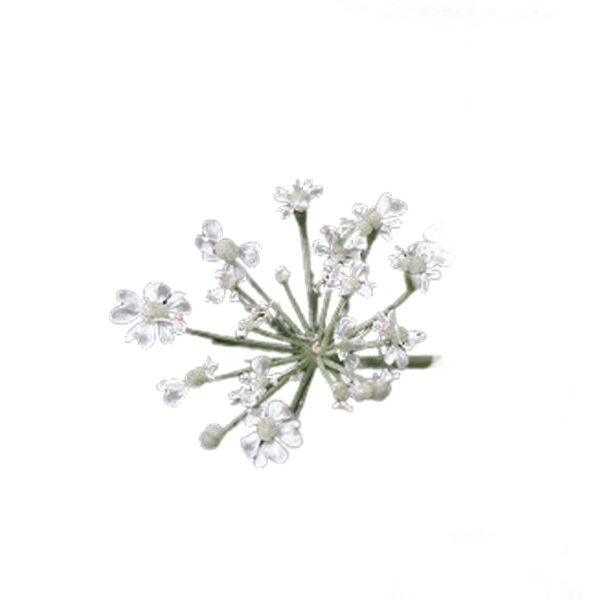
トウキ根エキス
Angelica Acutiloba Root Extract
Popular herbal medicines used in Asian countries. grows naturally in the mountains north of central Honshu, JapanSource: Amino acids / Ligustilide
Benefit:
blood circulation
Skin Moisturizing for dry skin
Anti-Aging – skin wrinkles and elasticity improvement
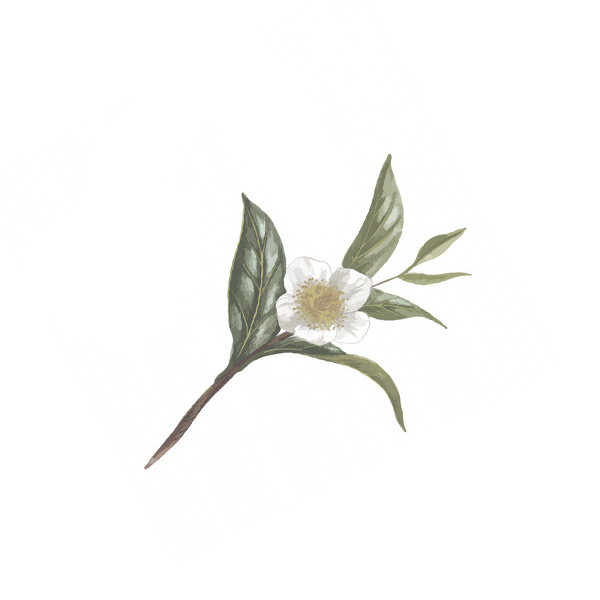
チャ葉エキス
Camellia Sinensis Leaf Extract – Tea Leaf
Ancient time herb – cultivated first in Shiga Prefecture, Japan
Source: Flavonoids / Alkaloid / Amino acids
Benefit:
Anti-inflammatory – improves microcirculation and microrelief of the skin in long term
Antioxidant
Controlling pigmentation
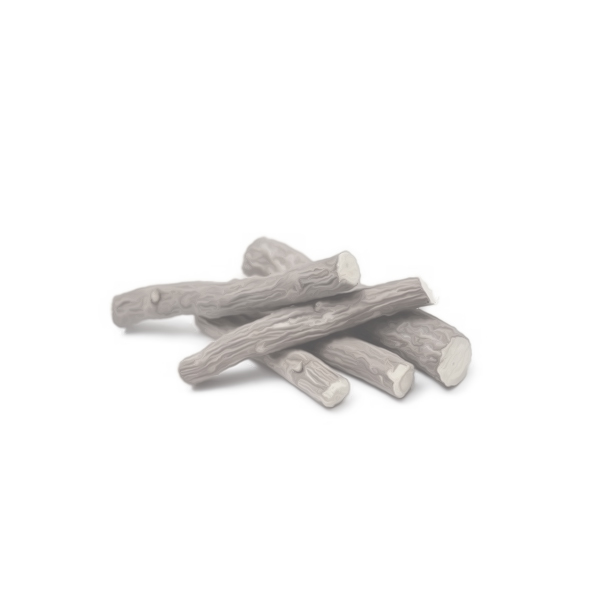
カンゾウ根エキス
Glycyrrhiza Glabra Root Extract – Licorice
Natural Herb that has been proven since Greek and Roman empires as well as Japan.
Source: Glycyrrhizinate
Benefit:
Anti-inflammatory
Anti-allergic
licorice root extract + scutellaria root extract – will help pigmentation
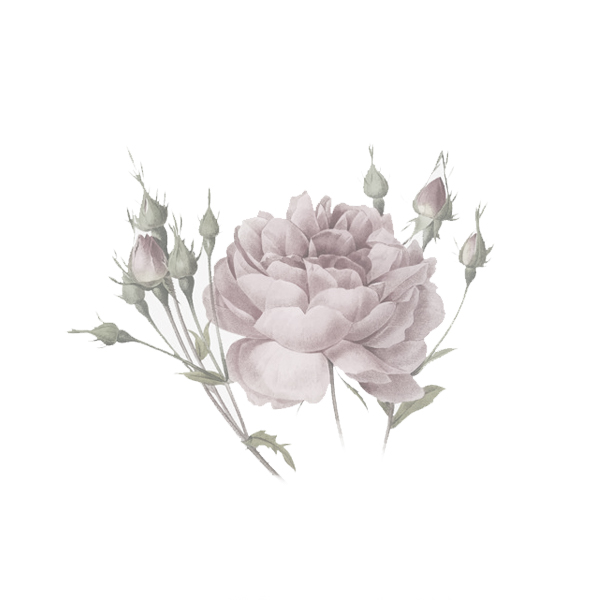
センチフォリアバラ花エキスRosa Centifolia Flower Extract – Rose
Beauty Secret mostly cultivated in Egypt, Morocco and France
Source: phenylethanol / polyphenol and flavonoid
Benefit:
Protecting the hyaluronic acid of the skin, it prevents the skin from losing its firmness
Promote collagen
Antioxidant
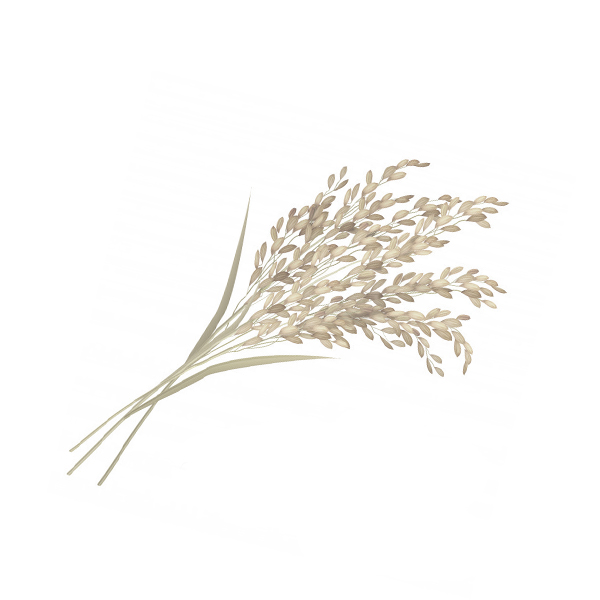
コメヌカエキス
Oryza Sativa Bran Extract – Rice
Source: More than 100 antioxidant compounds, including vitamin E, ferulic acid, and oryzanol.
Benefit:
Skin-Softening and Moisturizing Effect
Antioxidant
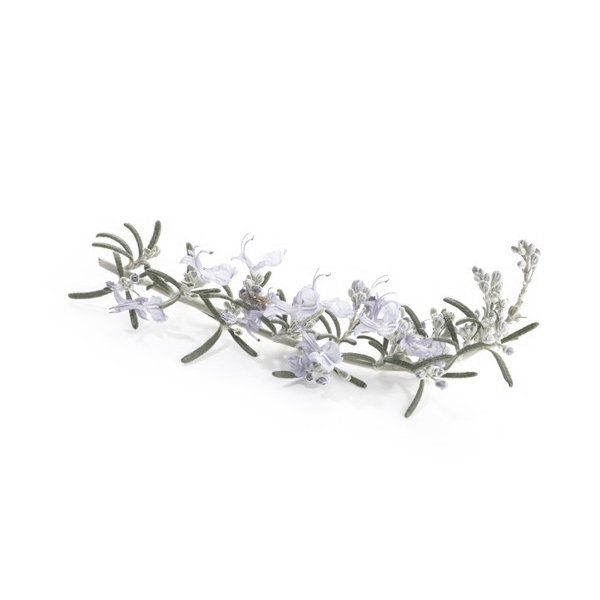
ローズマリー葉エキスROSMARINUS OFFICINALIS LEAF EXTRACT – *NOT ROSEMARY OIL
Ancient plant considered to be medicinal worldwide
Source: Rosmarinic acid
Benefit:
Anti-bacterial – calming skin
Antioxidant
Anti-inflammatory
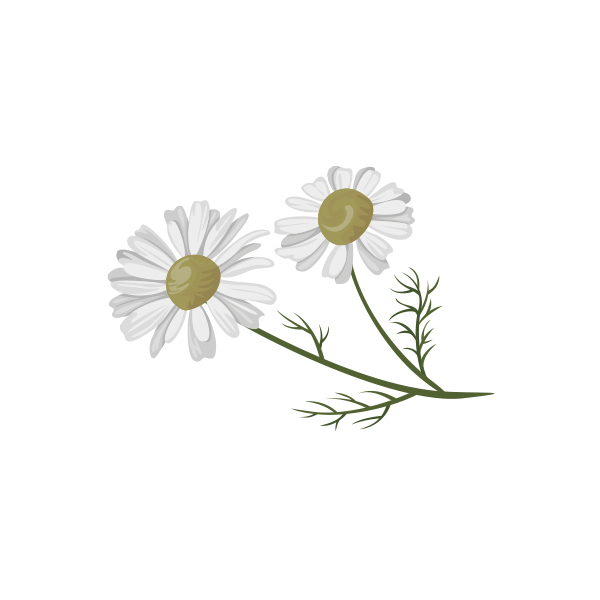
カミツレ花エキスキュウリ果実エキスChamomilla Recutita (Matricaria) Flower Extract – Chamomile
Herbal therapy since the first century BC
Source: Terpenoid / Flavonoids
Benefit:
Anti-inflammatory – Anti-allergic effect
Improving rough skin
Note:
*7 Plants Combination to produce synergistic effects in optimal proportions: Centella asiatica extract + Scutellaria root extract + Japanese knotweed root extract + licorice root extract + tea leaf extract + rosemary leaf extract + chamomile flower
extract
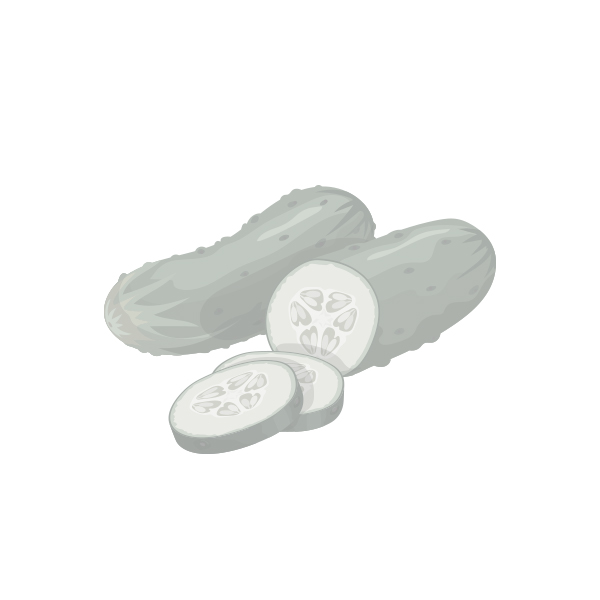
キュウリ果実エキス
Cucumis Sativus Fruit Extract – Cucumber
Cultivation began in the early Edo period in Japan
Source: Vitamin and Organic acid
Benefit:
Moisturizing Effect – increase in keratin water content.
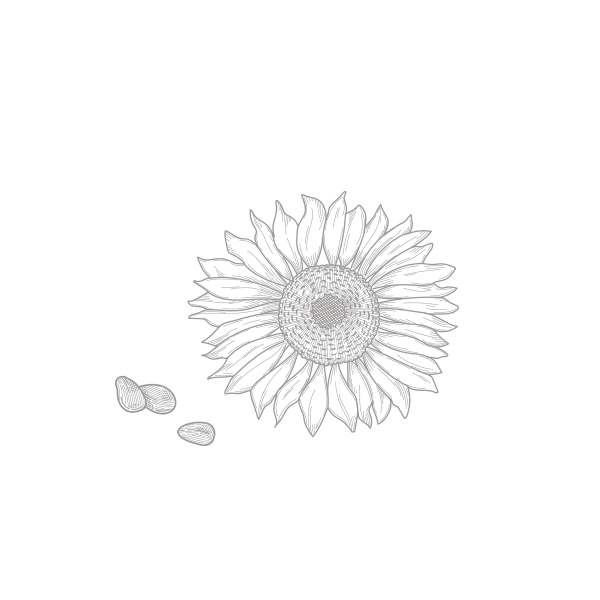
ヒマワリ種子油
Helianthus Annuus Seed Oil – Sunflower
All known and often used in ancient time. the 17th century, cultivated in Hokkaido
Source: Tocopherol / Natural Fatty Acid for skins [linoleic acid and oleic acid]
Benefit:
Skin Soothing and strengthen
Calming the skin
Improved oxidative stability
Emollient action
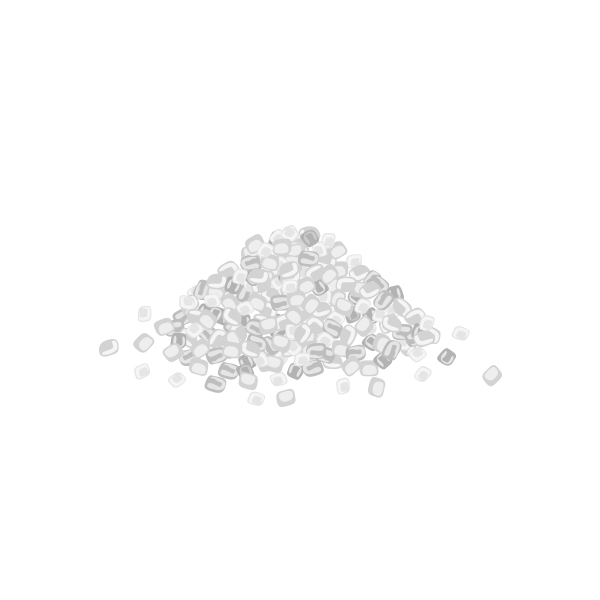
ビオサッカリドガム-1
Biosaccharide Gum-1 – Smart Sugar
Research available in Japan since 1993Source: Sorbitol
Benefit:
moisturizing effect
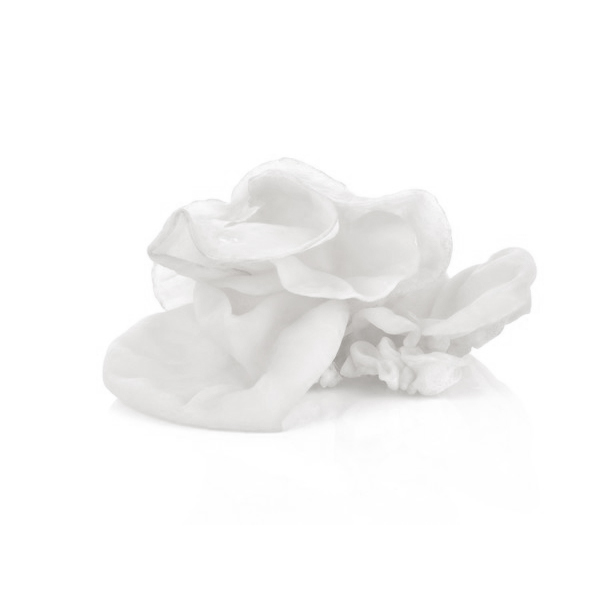
シロキクラゲ多糖体
Tremella Fuciformis Polysaccharide – Snow fungus
As known beauty medicine
Source: Polysaccharide
Benefit:
moisturizing effect and humectant
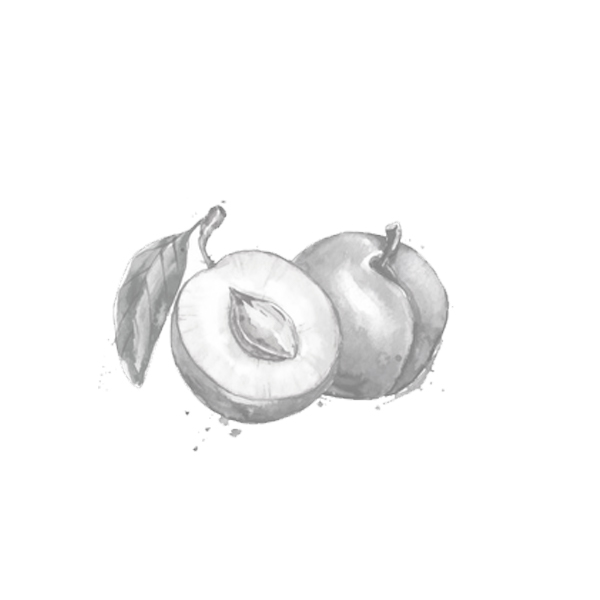
プルーン分解物
Hydrolyzed Prunus Domestica – plum
Early Meiji era, found in Nagano, Aomori, Hokkaido
Source: Prune enzymatic
Benefit:
Antioxidant
Inhibitory effect on pigmentation by inhibiting melanin transfer.
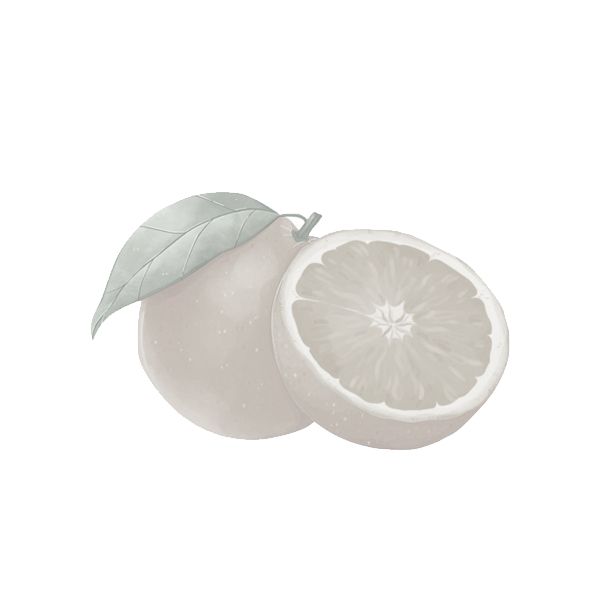
マンダリンオレンジ果皮エキス
Citrus Nobilis Peel Extract – Mandarin Orange Extract *Not Oil
Found in Shizuoka Preference, Japan
Source: Luteolin / Vitamin C
Benefit:
anti-inflammatory effect – photobiological effects as first line of defense
Moisturizing Effects
Brightening Effects
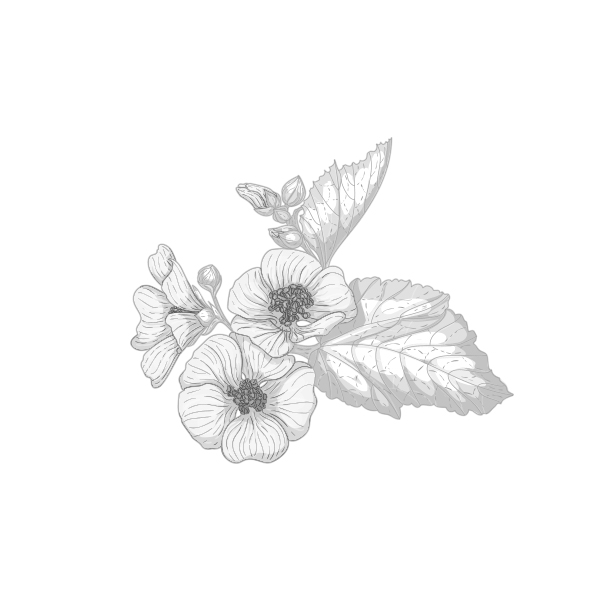
アルテア根エキス
Althaea Officinalis Root Extract – Marsh mallow
Medical Herb worldwide
Source: Amino Acid
Benefit:
Moisturizing effect – soften skin

トウキンセンカ花エキス
Calendula Officinalis Flower Extract – Marigold
External medicine since Ancient Greece, Roman, and India until today
Source: Flavonoids + Terpenoid
Benefit:
Antioxidant and antiallergic effect – repairing and protecting damaged skin
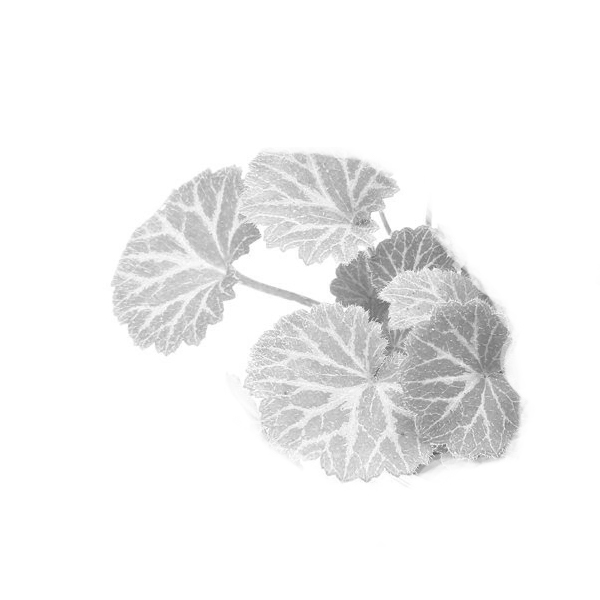
ユキノシタエキス
Saxifraga Sarmentosa Extract – Strawberry Geranium
Found in Shikoku and Nagano prefectures,Japan
Source: Flavonoids + Phenylpropanoid
Benefit:
antiallergic effect – histamine release
Pigmentation suppressing
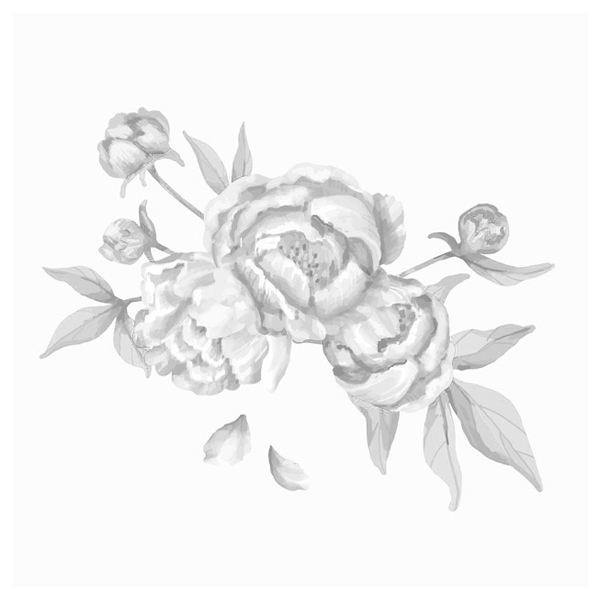
ボタンエキス
Paeonia Suffruticosa Root Extract – Peony
Medical Herb Since Edo Period – Nagano prefecture and Sakurai area in Nara prefecture
Source: Paeoniflorin / Collagen
Benefit:
Anti-allergic effect
Anti-Aging – Improving effect on firmness
Anti-inflammatory
Improved skin pigmentation
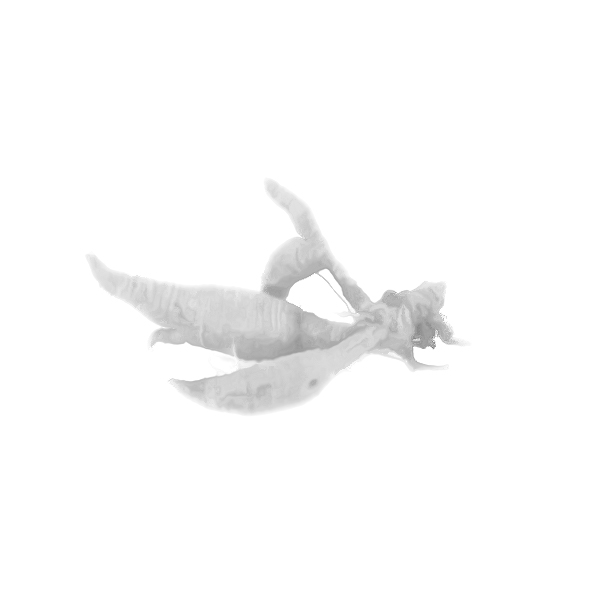
クズ根エキス
Pueraria Thunbergiana Root Extract – Pueraria lobata ][kudzu]*Autumn Seven Herbs
Ancient Herb for centuries Since Nara Period
Source: Flavonoids + Terpenoid
Benefit:
Inhibition of pigmentation by inhibiting tyrosinase activity
Moisturizing effect by softening the skin surface
Barrier improving effect by promoting ceramide synthesis
Anti-aging effect by promoting collagen synthesis
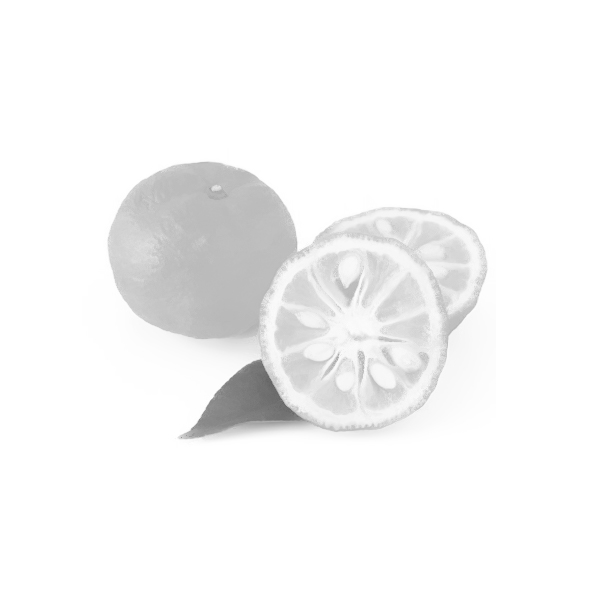
ユズ果実エキス
Citrus Junos Fruit Extract – YUZU
Found in Tohoku region in Japan
Source: organic acid – Yuzuceramide
Benefit:
astringent action – skin tightening
Moisturizing effect by softening the skin surface
blood circulation
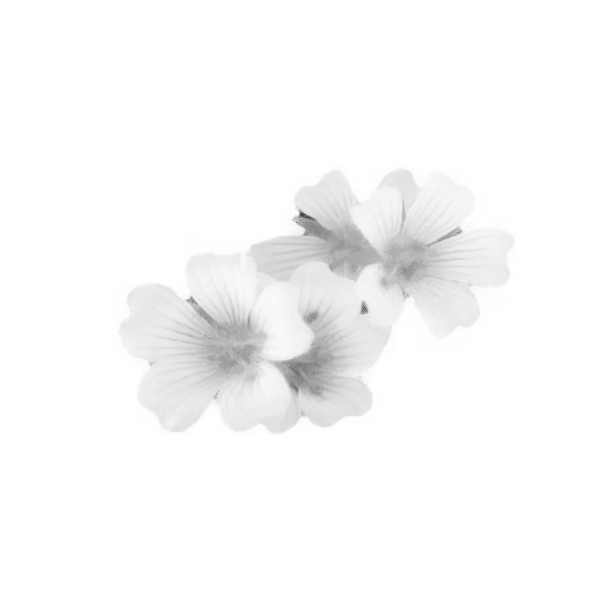
メドウフォーム油
Limnanthes Alba Seed Oil – Meadowfoam
One of the best in base ingredient *unclog pore
Source: Unsaturated + Saturated fatty acids
Benefit:
Emollient ingredient
Base ingredient – enhance the penetration of other ingredients
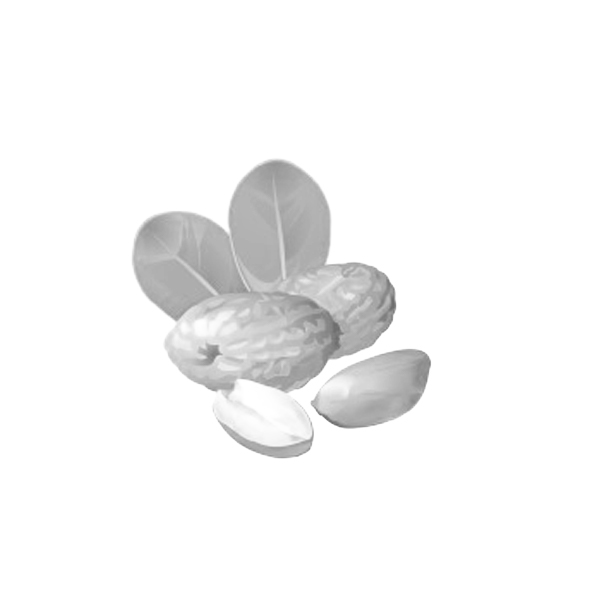
ラッカセイ油
Arachis Hypogaea (Peanut) Oil
One of the best in base ingredient *unclog pore. Found in Early Meiji era, Ibaraki Preference
Source: Unsaturated + Saturated fatty acids
Benefit:
Emollient ingredient
Base ingredient
Skin-soothing
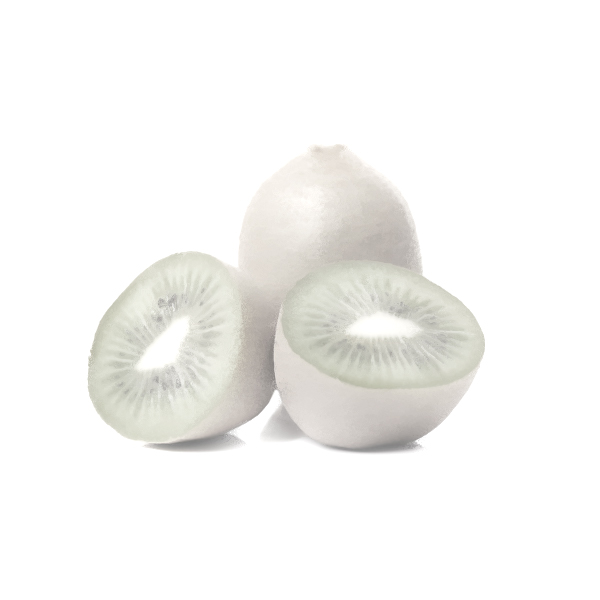
キウイエキス
Actinidia Chinensis (Kiwi) Fruit Extract
Found in Ehime, Fukuoka, and Wakayama prefectures in Japan
Source: Organic acid + Vitamin C +l polyphenols
Benefit:
AntiMoisturizing effect by softening the skin surface
Suppresses pigmentation by promoting melanin excretion in basal cells
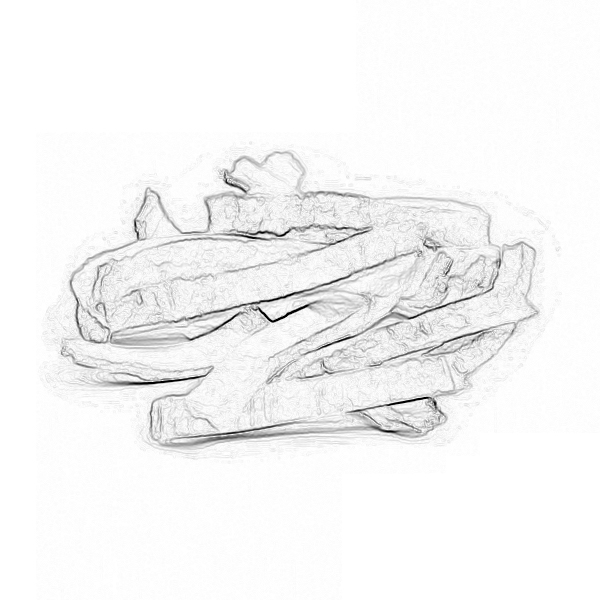
オウバクエキス
Phellodendron Amurense Bark Extract – Amur Corktree
Medicate plant since Amur region, found in Hokkaido to Honshu, Shikoku, Kyushu, and Okinawa.
Source: Berberine
Benefit:
Antibacterial action – inhibiting the growth of acne bacteria
Rough skin and inflammation improvement

イタドリ根エキス /イタドリエキスPolygonum Cuspidatum Root Extract – Japanese Knotweed plant
Medicate plant for thousands of years in Japan and China
Source: Resveratrol
Benefit:
Improved skin pigmentation
Antioxidant
Antiallergic Action
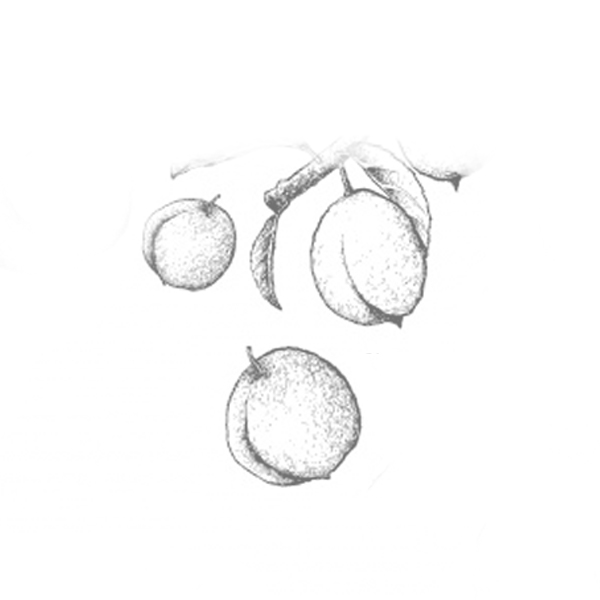
ウメ果実エキス
Prunus Mume Fruit Extract – Ume [Japanese Apicot]
Japanese medicine published in 1817, Wakayama prefecture
Source: Rosaceae
Benefit:
antioxidant
Anti-bacterial
skin-brightening properties
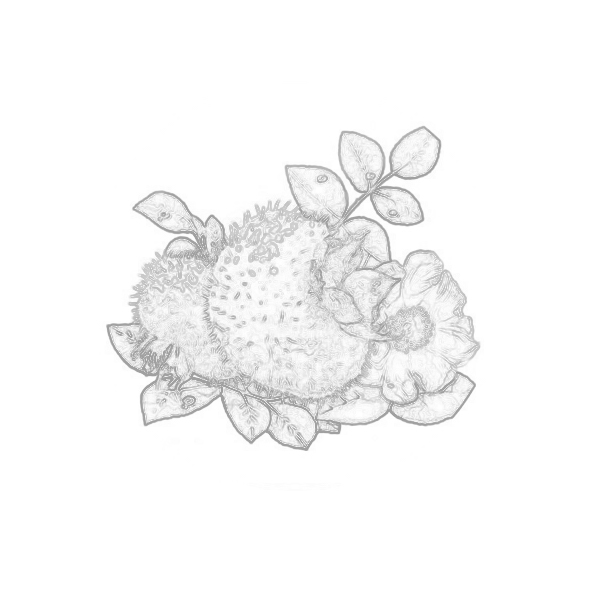
イザヨイバラエキス
Rosa Roxburghii Fruit Extract – Izayoi rose [thorn pear]
Research Available: Japanese medicine published in 1817, Wakayama prefecture
Source: Vitamin C + Tannins
Benefit:
Anti-inflammatory
Moisturizing / barrier improving effect by promoting ceramide synthesis
Anti-bacterial
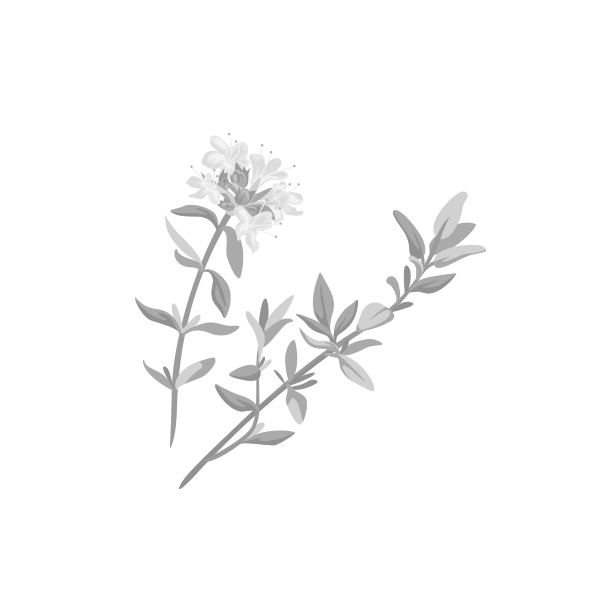
タイムエキス-1
Thymus Serpyllum Extract – Breckland thym
Medicated Herb
Source: Flavonoids
Benefit:
skin purification
Brightening ingredient – inhibitory effect on pigmentation by suppressing kinesin